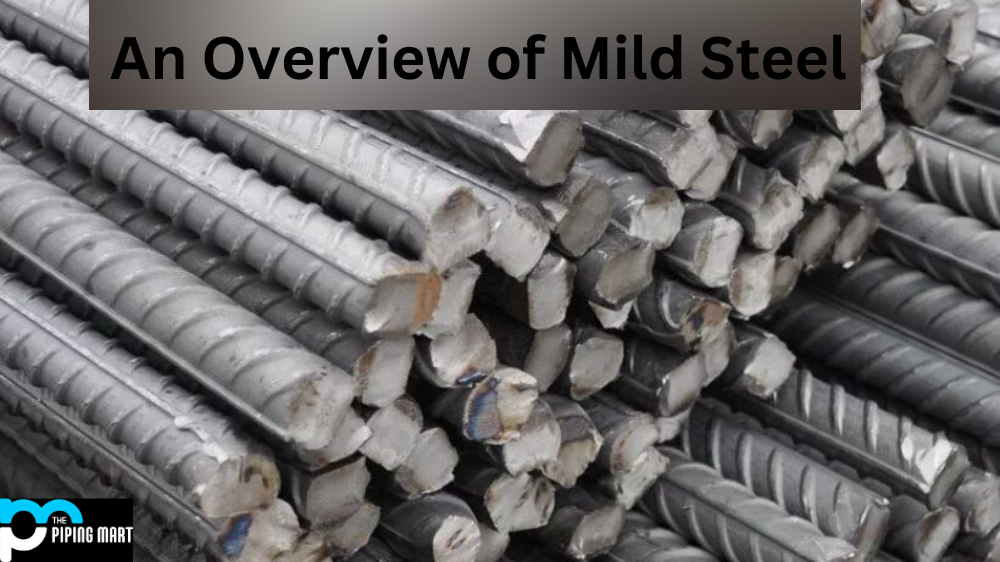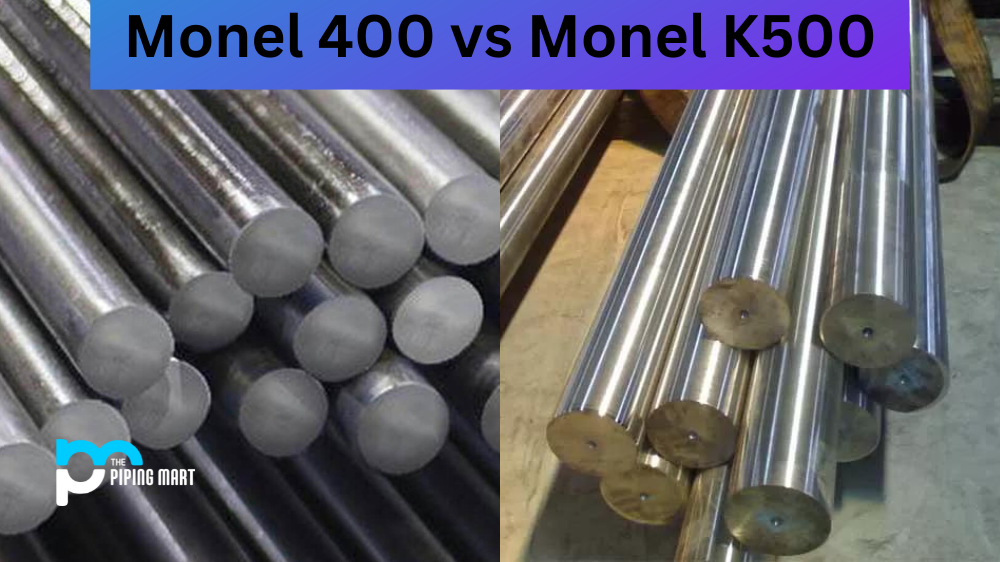If you’ve ever been confused by the differences between silicon brass and silicon bronze, you’re not alone. In this blog post, we’ll dive into what sets these two metals apart so that you can make an informed decision when choosing which one to use for your next project.
Silicon brass is a type of brass alloy that contains small amounts of silicon. It is highly resistant to corrosion due to its low carbon content, making it ideal for use in environments with high moisture levels. It also has excellent machinability capabilities and is easy to shape and form into intricate designs. Additionally, its non-magnetic properties make it perfect for applications where magnets could interfere with performance.
Silicon bronze, on the other hand, is a type of bronze alloy that contains small amounts of silicon as well as other elements such as manganese and iron. It is known for its strength, durability, and resistance to oxidation—making it an ideal choice for applications where metal needs to withstand extreme temperatures or harsh environments. Furthermore, unlike silicon brass, silicon bronze has magnetic properties, which makes it useful in certain magnetic applications.
The major difference between these two metals lies in their physical properties; while both are strong and resistant to corrosion, they have different machinability capabilities and different magnetism properties (silicon brass being non-magnetic while silicon bronze being slightly magnetic). Ultimately, the choice between these two metals will depend on what kind of application you’re looking for them in, as each one offers unique benefits depending on the situation at hand.
Silicon Brass vs Bronze
Composition
Silicon Brass
The composition of silicon brass varies depending on the specific alloy, but typically contains between 60-65% copper, 32-35% zinc, and 3-5% silicon.
Bronze
The composition of bronze also varies depending on the specific alloy, but typically contains between 88-90% copper and 10-12% tin.
Properties
Silicon Brass
The properties of silicon brass depend on its composition. However, alloys with a higher percentage of silicon are more resistant to corrosion than those with a lower percentage. Additionally, silicon brass is typically stronger and harder than bronze.
Bronze
Bronze is a strong and durable metal that has been used for centuries in a variety of applications. Like silicon brass, the properties of bronze depend on its composition. Alloys with a higher percentage of tin are stronger and harder than those with a lower percentage. However, alloys with a higher percentage of tin are also more susceptible to corrosion than those with a lower percentage.
Applications
Silicon Brass
Silicon brass is often used in marine applications due to its resistance to salt water corrosion. Additionally, silicon brass is commonly used in plumbing applications as it does not leach harmful chemicals into drinking water like some other metals can. Finally, silicon brass is sometimes used in musical instruments as it has a similar appearance to traditional brass but does not corrode as easily.
Bronze
Bronze has been used for centuries in a variety of applications due to its strength and durability. Common applications for bronze include sculpture, coinage, architecture, and plumbing
Conclusion
When faced with the decision between using silicon brass or silicon bronze for your project, consider which metal best suits your needs. Do you need a metal that can withstand extreme temperatures or a harsh environment? Or do you need something that won’t be affected by magnetic forces? Both options offer great qualities but understanding the differences between them will help ensure that you get exactly what your project requires. With this knowledge in hand, you can now make an informed decision about whether silicon brass or silicon bronze is right for you!

Pipingmart is a B2B portal that specializes in metal, industrial and piping items. Additionally, we share the latest information and information about materials, products and various types of grades to assist businesses that are involved in this business.



